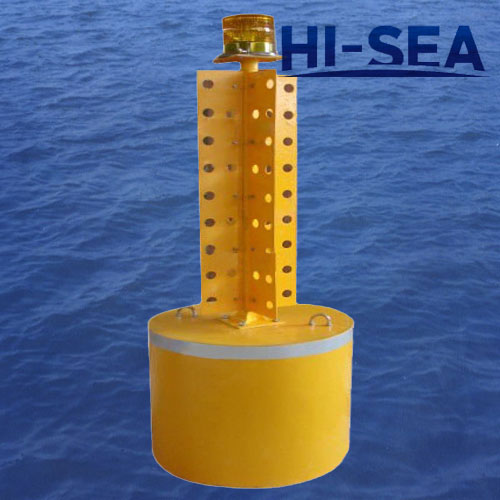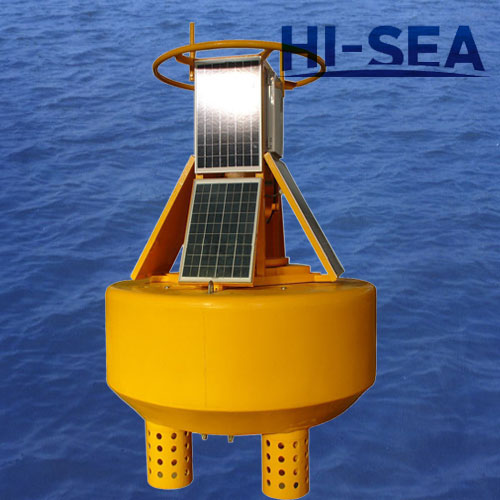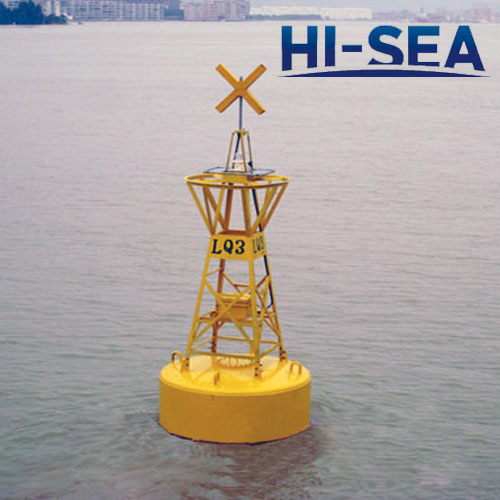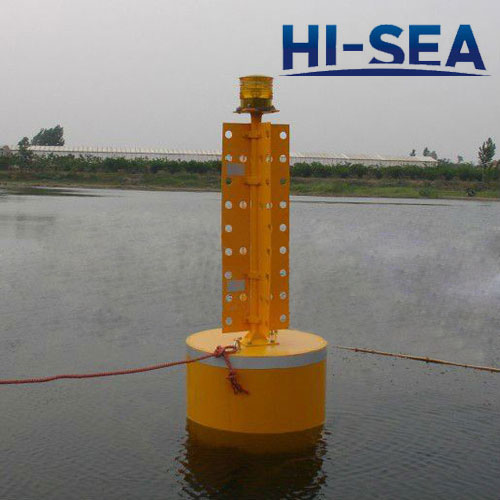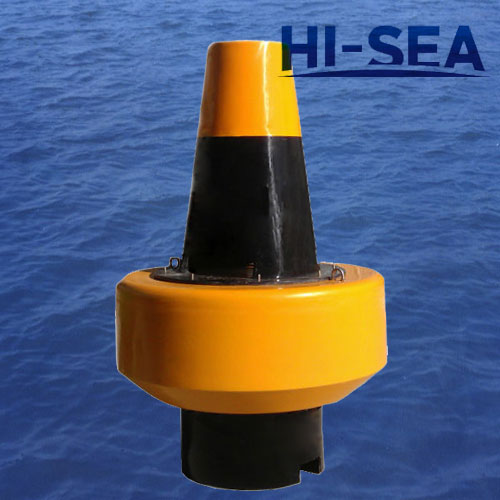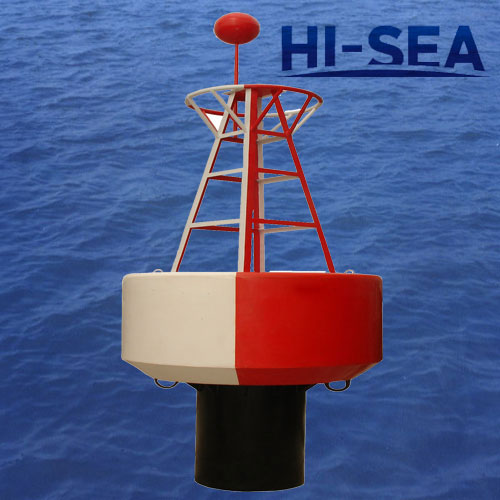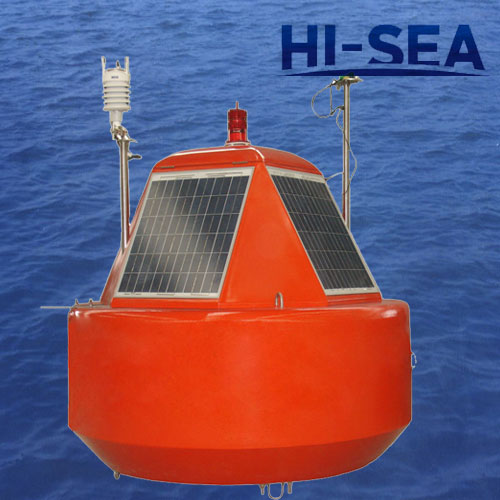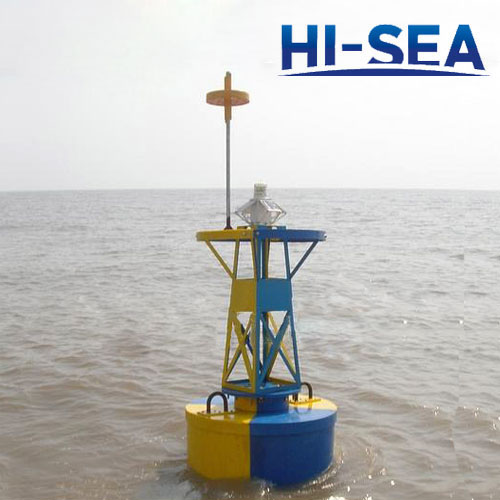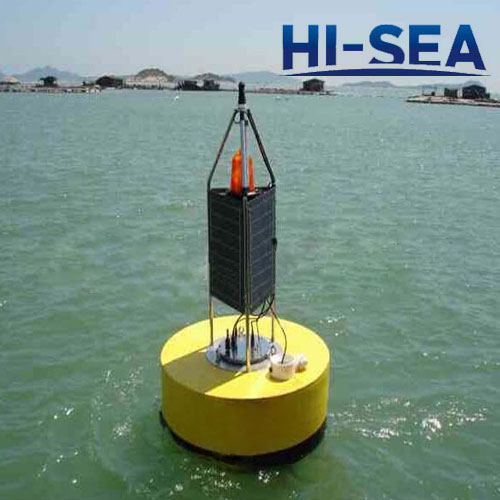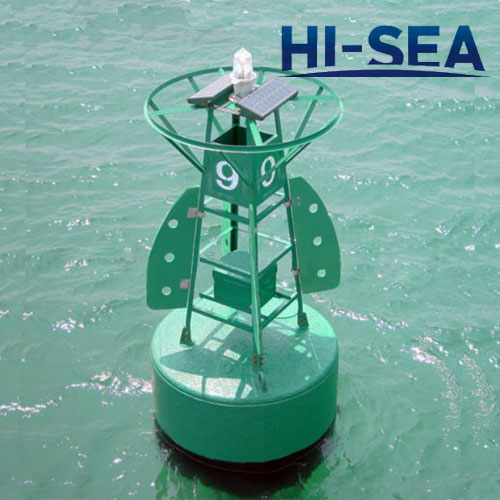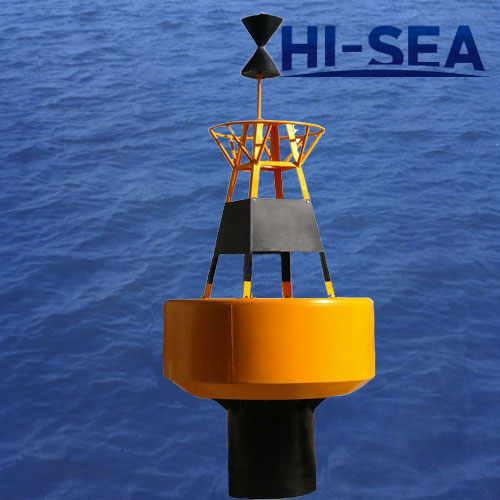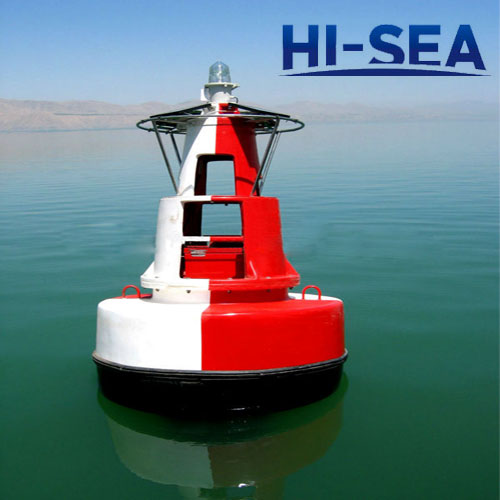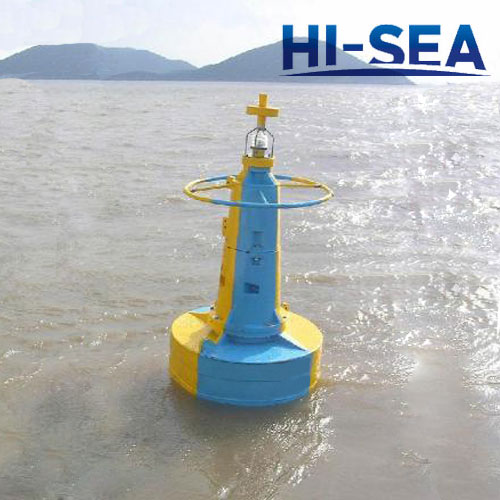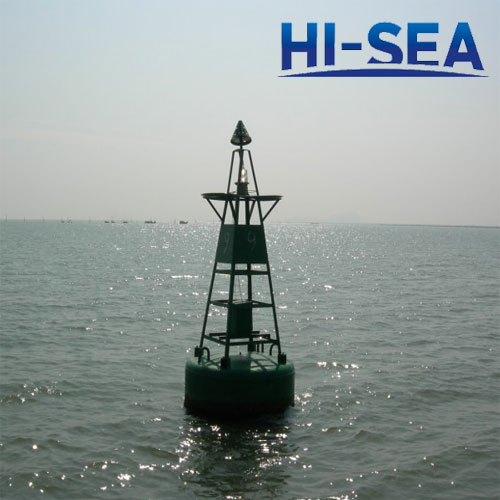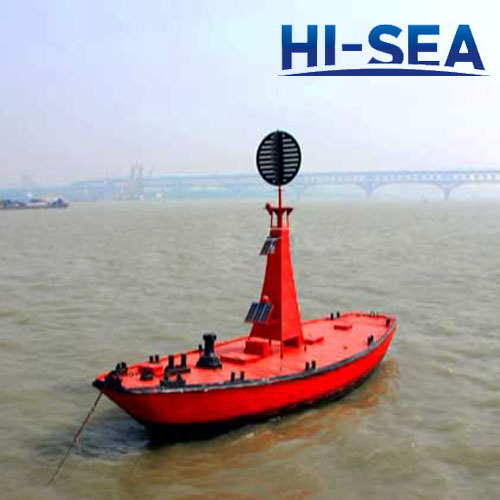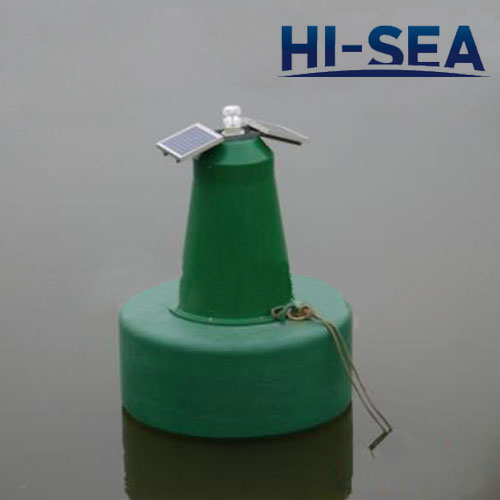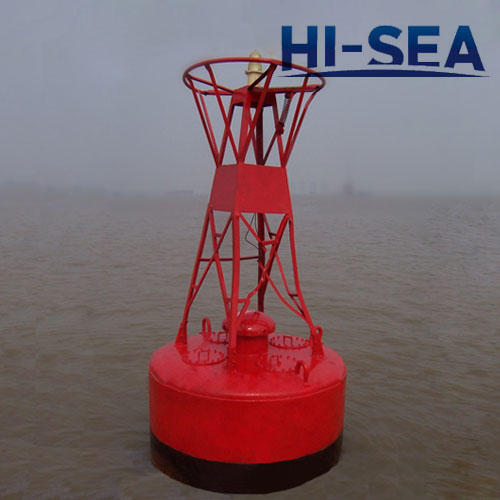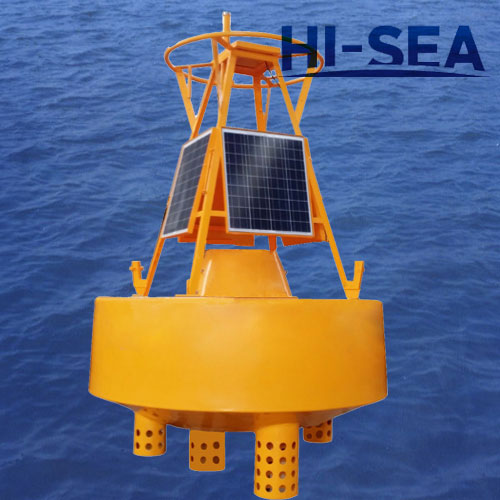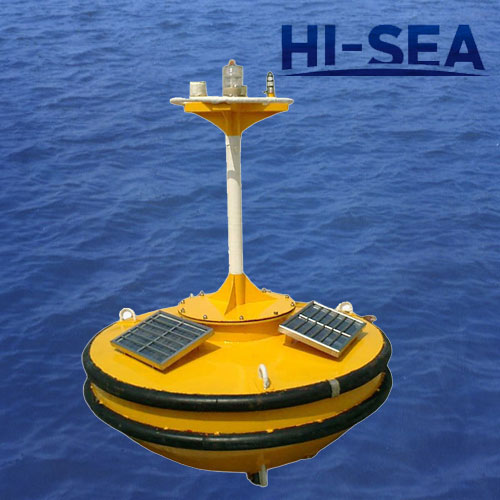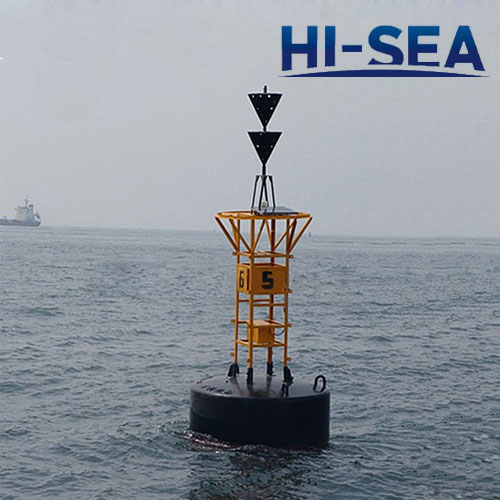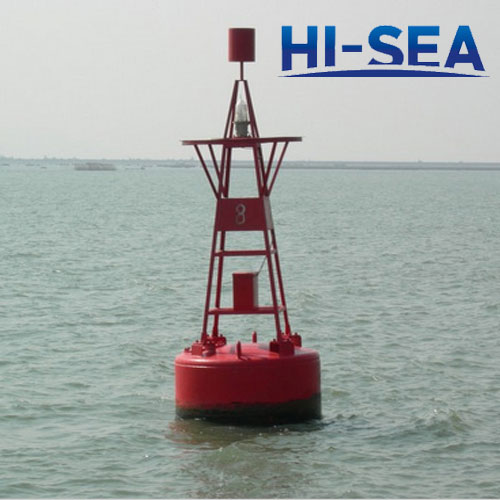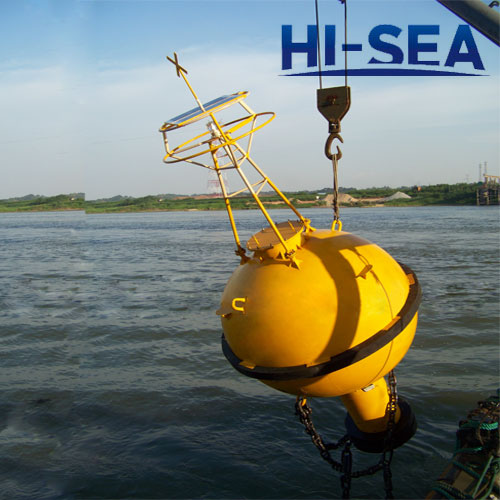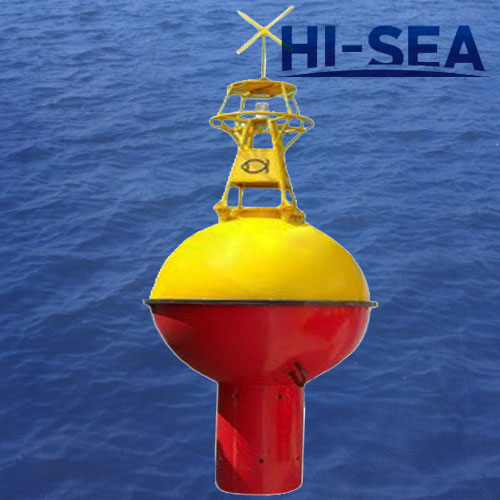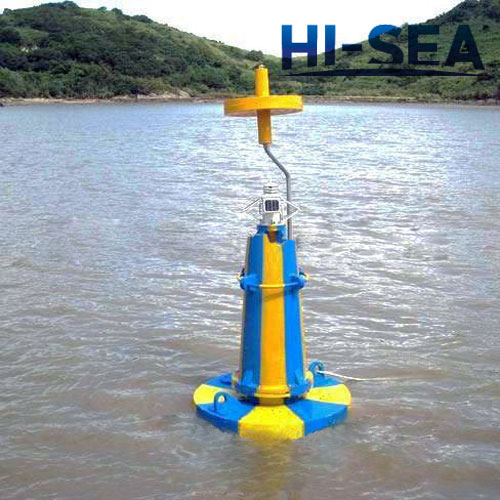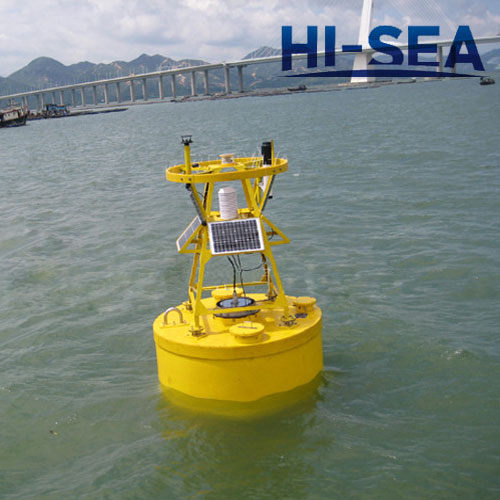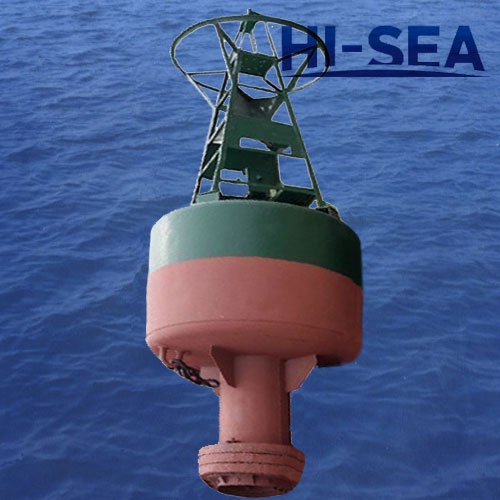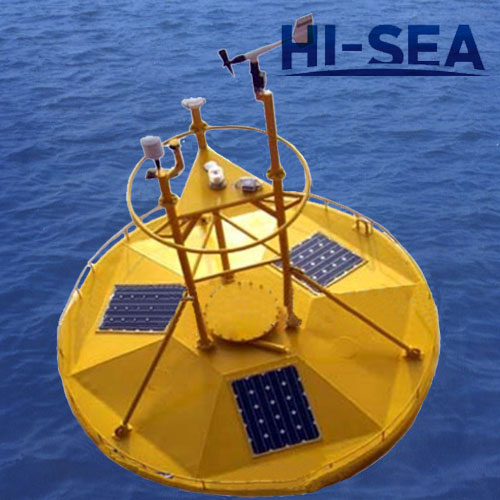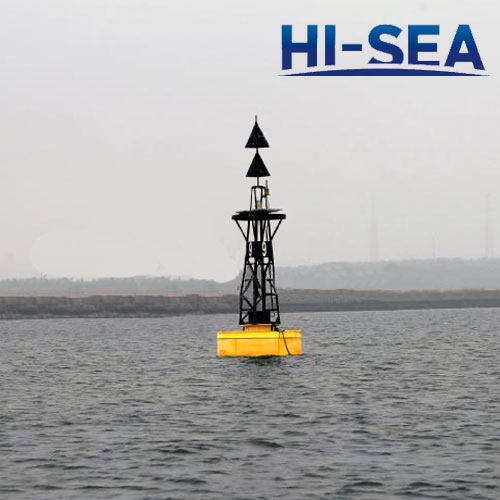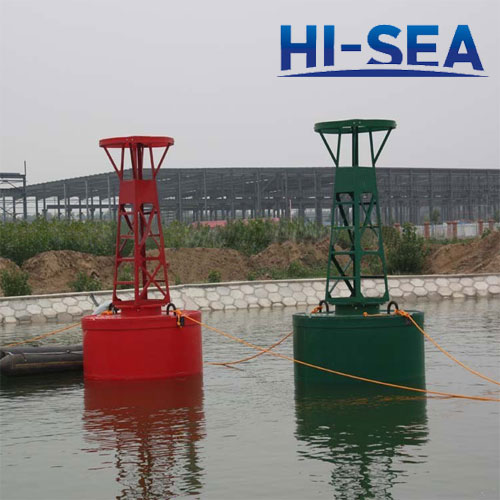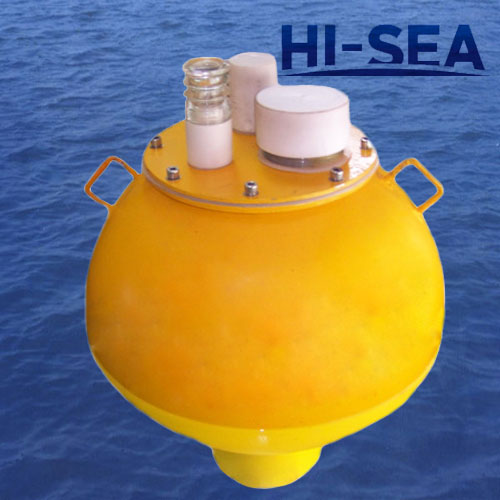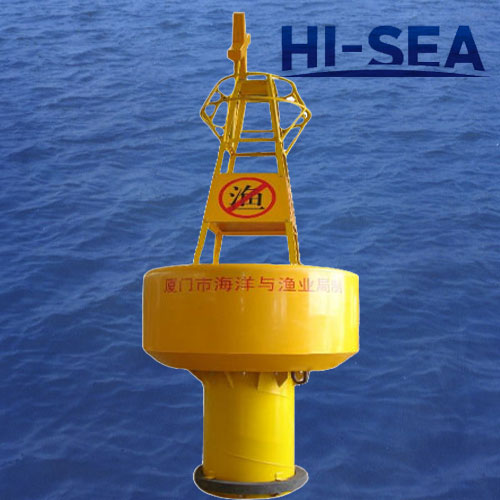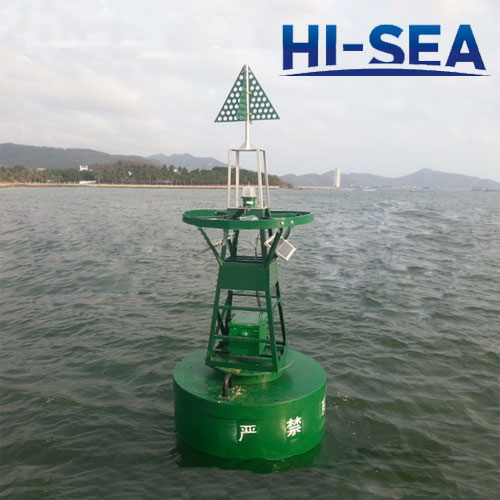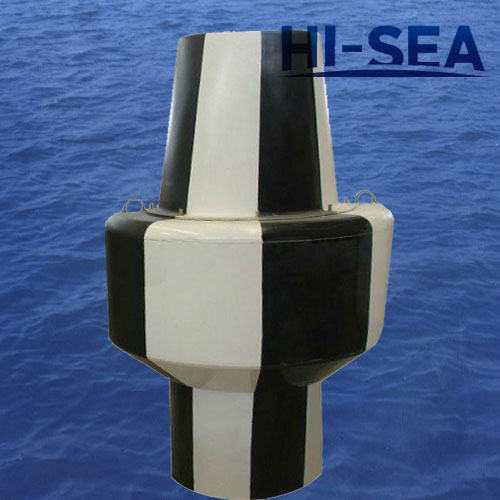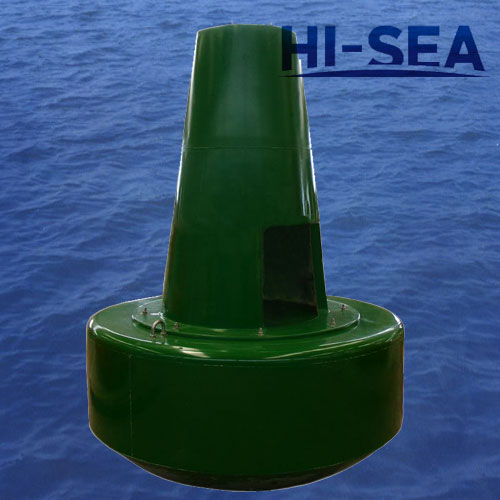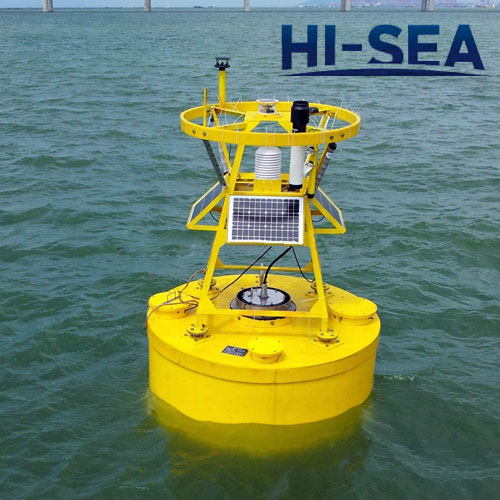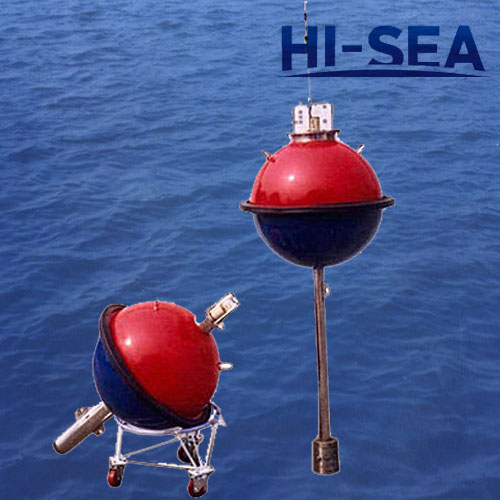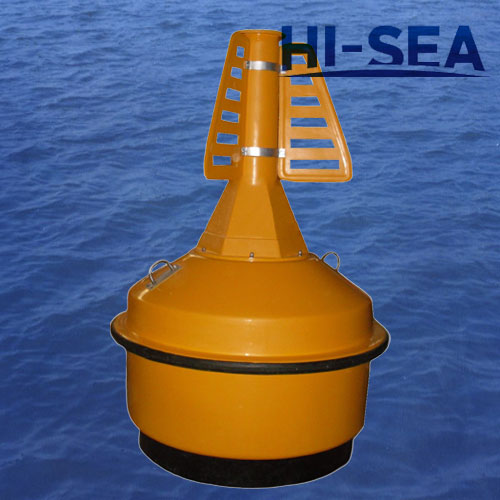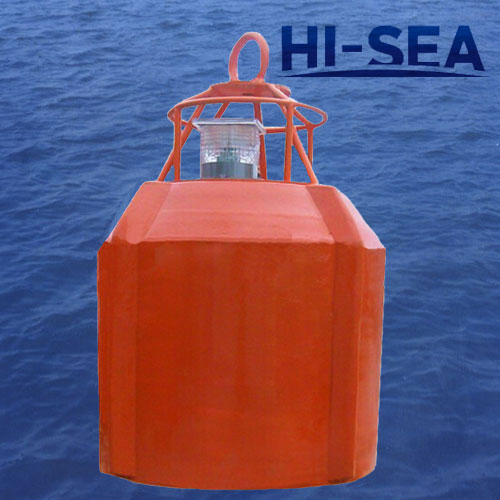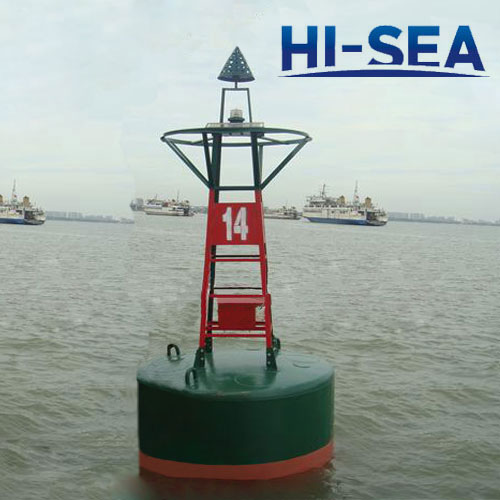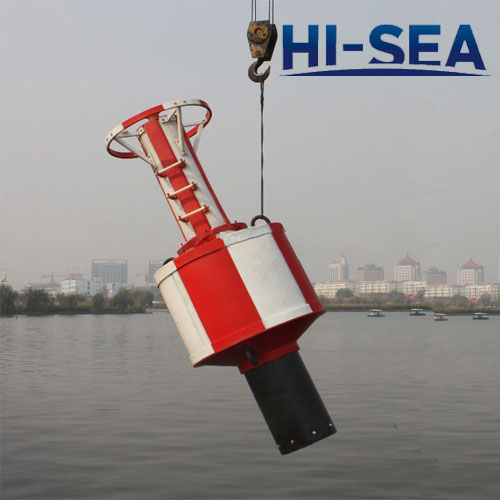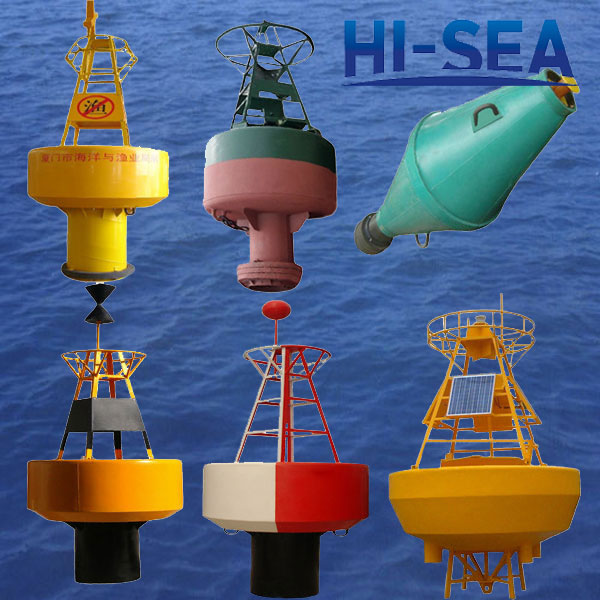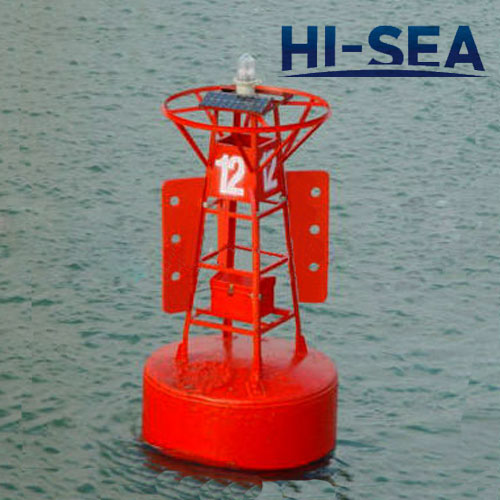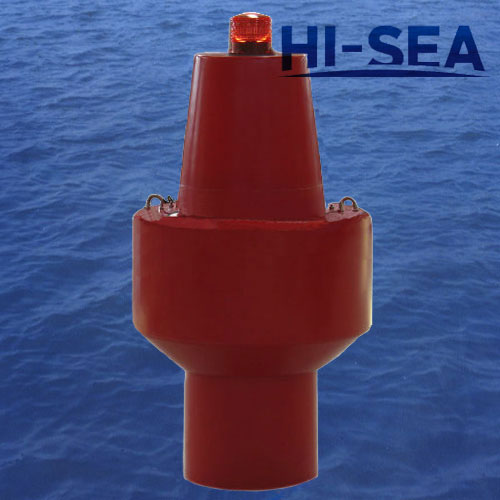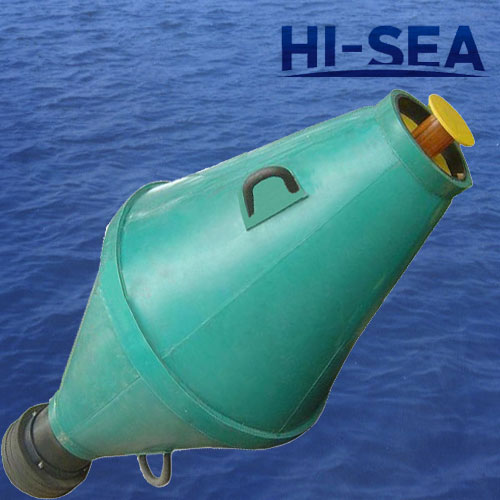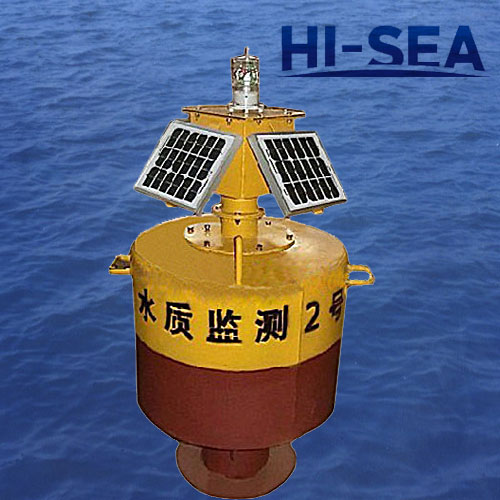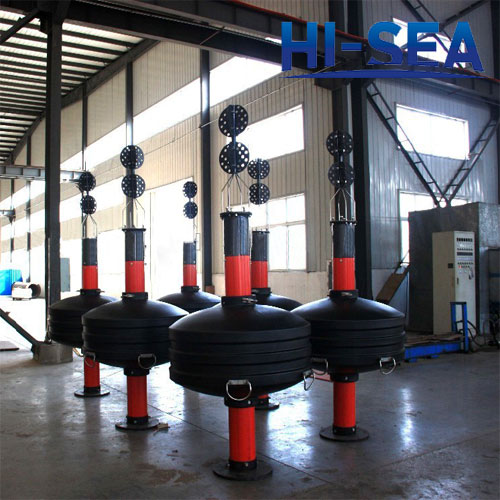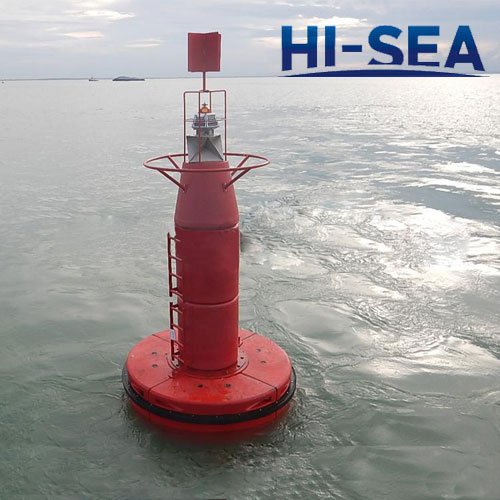Wave Monitoring Buoy
[Search Related Products]
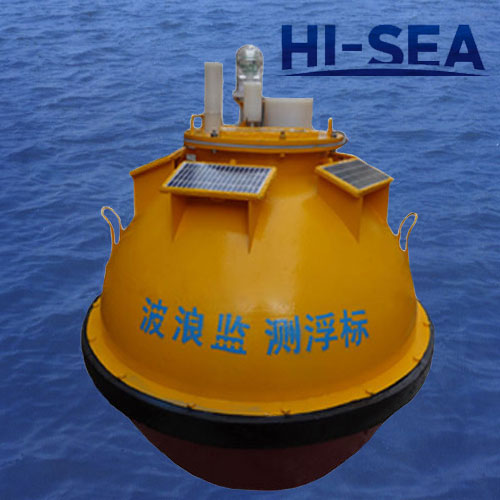
Wave Monitoring Buoy
The method of using the gravity acceleration sensor to measure wave is called ¡°gravity wave¡± measurement. It is the most popular method to measure wave and its typical example is Holland¡¯s Waverider buoy.
The wave measurement principle of this wave monitoring buoy is the same as Waverider buoy and it is also in line with the international hydrological observation. This buoy makes sampling, caculating and sends the wave characteristc value, wave direction, wave number and other data in real time.
Special Feature
To be Distinguished with ¡°Waverider¡± Buoy, this buoy¡¯s diameter is 1 meter and it is installed with a 15W solar panel for charging. Therefore, this provides a long-term supplementary energy and solve the problem of using it on the sea.
Convenient Operation and High Security
For the sake of users, this buoy is set a ¡°STB¡± at the hatch. As long as the box cover is opened, the general power switch, the installation position of communication card, the switch of communication choosing method(GPRS or radio for option), battery charging socket, data storage U disk and so on will be found. Therefore, it is convenient to use the buoy, greatly reducing the opening steps of the buoy, reducing the opportunity of the humid air to enter the cabin and improving the safety of buoy when using for a long time.
Superior Wave Testing Performance
The superior wave testing performance of this buoy depends on the advanced design of the floating body and the anchor system. Wave buoy is most particular about the free motion of the buoy in waves and not being contained by other external forces. The anchor chain is one of the external forces that may disturb the buoy. The lower part of the buoy body hangs balance chains and below the iron chains there is a hanging anchor chain for the weight of anchor chain is offset by floating balls. So, the buoy can freely move up and down in waves and is not affected by the anchor chain, which ensures the accuracy of wave measurement.
Perfect Alarm System
This buoy has a perfect alarm system. Whenever the buoy faces any of the following problems after receiving the data:the position of buoy is shif obviously(users set their own shift alarm distance), the hatch is opened, water leakage in the inner buoy, the battery voltage is too low, the shore station receiving interface will alarm, flashing on the interface, horn honking until the management personnel comes to processing the interface. Whether the anchor light is flashing, regardless of day or night, it need administrator on duty to judge through the buoy data. Well, it is wrong that if the light does not flash in the evening or only flash during the day.
Complete Receiver Function
The function of shore station¡¯s receiving interface is complete. It has a series of functions such as receiving, displaying, saving, searching, printing, monthly report, alarming and sending message through remote control.
Technical Index:
1. Range and Error of Measurement Parameters
Wave Height: 0~25m, inspection accuracy in the laboratory ¡À3%£»¡À10%
Wave Period: 1~100s, inspection accuracy in the laboratory ¡À0.25s;¡À10%
Wave Direction: 0~360¡ã¡À2.5¡ã; inspection accuracy in the laboratory ¡À2¡ã
Obervation Time: 1 times per 3 hours(default); 1 times per hour( remote control)
Sampling Frequency: 4HZ(default); 2HZ(remote control can change)
2. Floating Body Diameter: 1 meter
3. Floating Body Weight: 260kg
4. Buoy Material: Stainless Steel
5. Water Depth of Deployment: 10~30m, if more than 30meters with other anchor system
6. Communication Method: Radio or GPRS
7. Communication Distance: Radio, 30kgm; the receiving antenna height is caculated at 1m/km; GPRS, within the range of mobile sinal coverage.
8. According to the Output Data
a. Characteristics of Each Wave: Hmax;H;H(1/3);H(1/10);
Tmax;T;T(1/3);T(1/10)
b. Spectral Analysis: wave energy density spectrum
c. Direction Spectrum: wave direction energy density spectrum
d. Main Wave
e. Wave Number
f. Buoy Position
g. Buoy Battery Voltage
h. The Original Data of All Parameters(decimal system)
9. Data Output Form
A. Data Form
B. Spectrum
C. Day and Month Report
10. All kinds of remote control commands
11. Power Supply System
Power is long-term supplied by solar cell, charge control panel and acid maintenance free sealed battery. If it is rainy weather, the buoy still can supply power for one month or more. The battery replacement cycle is 4 years.




